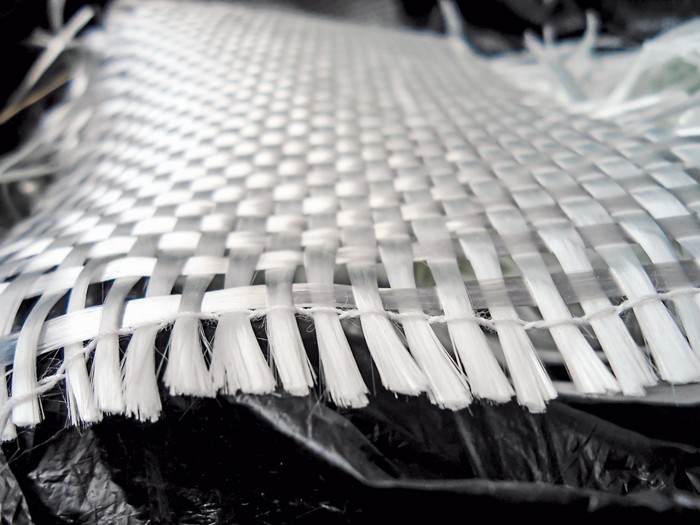FRP Malaysia: What Do You Understand By Fiberglass Oxidation?
August 25, 2019In the strictest sense, fiberglass is a trademark. It comes from the Owens-Corning Company that came into being in 1938 by Russell Games Slayter. This material is made from fine glass fibers that were initially intended to be utilized as insulators. At that time, the material went to the market with the name fiberglass. Afterwards, it became a name for any product that contained glass fibers.

Glass is what makes up fiberglass Malaysia, which is the basic element of glassware. The difference is that glass found in fiberglass is melted and extruded via the micron-thin hole to form threads of glass. These threads get woven together to formulate a coarse cloth that gets mixed with resins that will make it pliable for moulding.
Fiberglass supplier Malaysia says that people use fiberglass because it has features like being extremely durable and long lasting, flexible and lightweight, and non-conductive, making it preferred for electronic appliances. It can also be moulded in a great shape that creates smooth curves, is cheap and does not require costly and constant maintenance, is the best sound-proof material, and is highly resistant to salt air, acids, extreme temperatures, and UV rays.

These are the main reasons as to why things are things like fiberglass pools, custom made sculptures, fiberglass water slides, boats, bathtubs, and pickup truck caps are manufactured from fiberglass. Nevertheless, fiberglass Malaysia materials are also subject to oxidation, which is similar to metal or steel corrosion. The commonest problem of fiberglass is just oxidation.
The outer layer of FRP tanks gets covered with a gel coat. Gelcoat, which provides a high-quality, shiny, and smooth finish on fiberglass material surface, is a modified resin. Since the gel coat is as tough as fiberglass, when you apply it to fiberglass, it becomes more resistant to the majority of elements.
However, with time, it tarnishes and its colour fades, becoming dull. The continued exposure to air and sun oxidizes the gel coat layer. Even though there is no apparent red-brown or orange tinge present on the surface while oxidizing, the whole process is still similar to metal corrosion.

FRP oxidation is recognizable when the fiberglass material colour starts becoming dull and begins to fade. As it continues to take place, microscopic crevices and holes start forming on the gel coat surface. The wax is too heavy, therefore making it impenetrable into the pits and holes. Surfaces of rust can be found in any of these areas.
When the wax gets applied to the unfilled holes of gel coat, the air gets trapped under it, which then makes fiberglass oxidation to continue. For you stop oxidation of fiberglass completely, it is recommended that you fill these crevices and holes before starting to apply wax. You need to use fiberglass Malaysia sealants and sealers to seal them.
Unlike wax, FRP sealants are light enough to penetrate the microscopic holes and fill them to create glossy and smooth surfaces. Additionally, it acts as the barrier between the gel coat and elements. Plus, the FRP sealant provides a tough coat layer to the whole fiberglass material. After filling all the micron-sized holes, the wax then gets applied to give the surface a brand new look.
